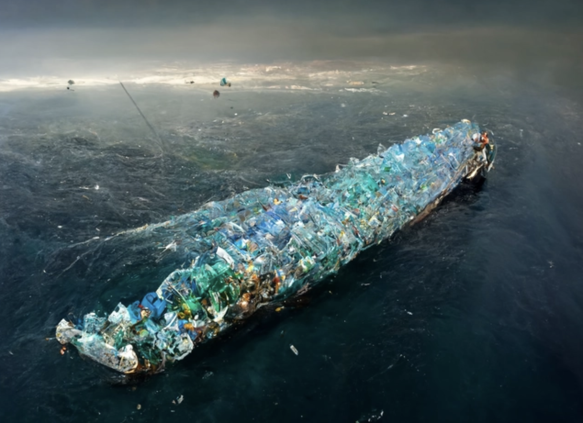The use of recycled ocean plastic in IoT devices has gained significant attention in recent years as a way to address the growing issue of plastic pollution in our oceans.
One of the main advantages of using recycled ocean plastic in IoT devices is that it helps to reduce the amount of plastic waste that ends up in our oceans. Approximately 8 million metric tons of plastic enter the oceans each year, and this plastic can have devastating effects on marine life and ecosystems. By using recycled ocean plastic in the production of IoT devices, we can help to mitigate the negative impacts of plastic pollution and give new life to materials that would otherwise be discarded.
More than one way
There are a number of ways in which recycled ocean plastic can be used in the production of IoT devices. For example, it can be used to create the housing or casing for the device, as well as components such as buttons and switches. In addition, recycled ocean plastic can be used to create the wiring and other electrical components needed to power the device.
One of the key challenges in using recycled ocean plastic in IoT devices is ensuring that the material is of sufficient quality and consistency to meet the strict production standards required for electronic devices. To overcome this challenge, many manufacturers have turned to advanced recycling technologies, such as pyrolysis or chemical recycling, which can break down the plastic into its raw materials and create a new, high-quality plastic feedstock.
Despite the potential benefits of using recycled ocean plastic in IoT devices, there are also concerns about the environmental footprint of this approach. Some critics argue that the energy and resources required to process and recycle the plastic may outweigh any potential environmental benefits. In addition, there is the risk that the use of recycled ocean plastic could lead to a false sense of complacency about the need to reduce our overall plastic consumption and reliance on single-use plastics.
Lifecycle
To address these concerns, it is important for manufacturers to carefully consider the full lifecycle impacts of using recycled ocean plastic in their products. This may include considering the energy and resources required to collect, process, and recycle the plastic, as well as the potential environmental impacts of any chemicals or additives used in the recycling process.
Conclusion
In conclusion, the use of recycled ocean plastic in IoT devices has the potential to help reduce the amount of plastic waste in our oceans and give new life to materials that would otherwise be discarded. However, it is important for manufacturers to carefully consider the full lifecycle impacts of this approach and to take steps to minimize any negative environmental impacts. By taking a responsible and sustainable approach to the use of recycled ocean plastic in IoT devices, we can help to protect our oceans and the planet as a whole.

